Published in 2020, this book from publishers Pen & Sword Transport provides a pictorial history of British locomotives that escaped the scrap man’s torch.
Written by Malcolm Clegg, the hardback book measures around 282 mm x 216 mm, has 168 pages, and 160 black and white photographs. It has a published price of £25, but at the time of writing can be picked up on Amazon for £18.29. The quality of the finished product is well up to Pen & Sword’s usual standard.
The book provides a pictorial history of steam locomotives that are now preserved as part of the national collection, in private collections, and those to be found on heritage throughout Britain.
British Steam Locomotives Before Preservation looks at a well-chosen selection of locomotives, both in their working lives and during their subsequent preservation. The photographs are well-chosen to illustrate the locomotives in action across the breadth of Britain.
The book has an introduction, a list of abbreviations, six chapters, and an index. There are 160 black and white photographs.
The Introduction provides an interesting insight into the evolution of Britain’s railways into British Railways, and the story of how locomotives were condemned then saved for preservation, mainly through the efforts of Dai Woodham’s scrapyard at Barry in South Wales.
The chapters are split logically into British Railways’ regions, namely Great Western, Southern Railway, London, Midland and Scottish Railway, London and North Eastern Railway Locomotives, and British Railways Standard Locomotives. The final chapter provides a comprehensive list of preserved steam locomotives that details locomotive numbers, names, wheel arrangement, class, ownership, and current location.
The layout of the book is well thought out, with locomotives described in numerical order. The photographs do full justice to the book. They are supported by about a half-page description of each locomotive’s working life and what has happened to them since withdrawal from BR service.
The photograph at the top-left below shows GWR Manor 7828 Odney Manor approaching the Severn Bridge Junction signal box in Shrewsbury. It is a grade II listed building, showing that it is not only steam locomotives merit preservation. The photo on the opposite page shows a typical lineup at the end of steam from which locomotives emerged to be preserved.
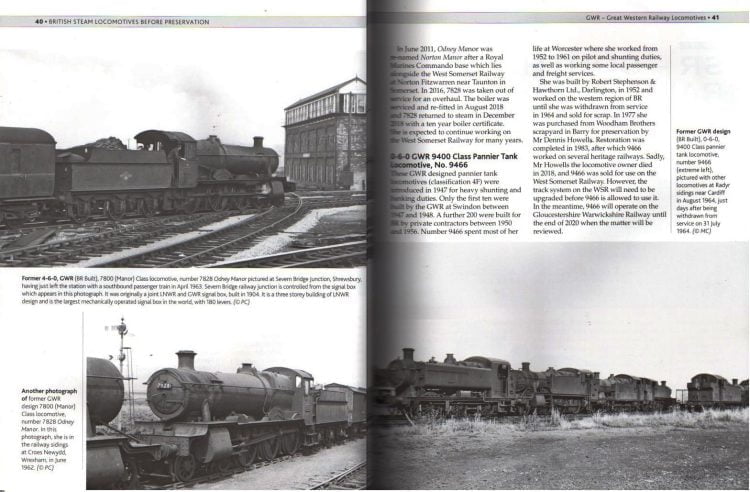
The next page shows clearly the balance between text and photographs as well as the comprehensive subject titles.
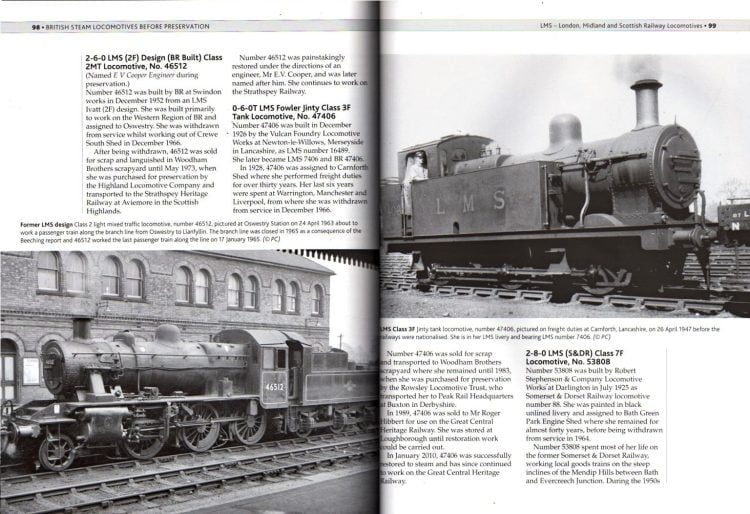
Here we see an extract from the comprehensive listing of locomotives still extant, their working lives, and their current status. What is surprising is the large number of different locations that preserved locomotives now call home.
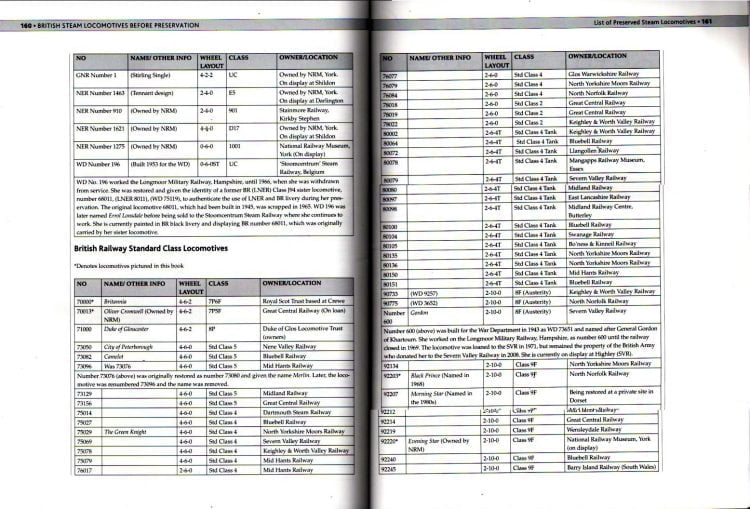
The index is to be commended as the font is much-larger than is normal for an index, and locomotives are listed in both numerical order, and for those with names, in alphabetical order.
I particularly liked the choice of photographs, as the majority show locomotives in their working environment, rather than a static three-quarter view of them stationery on shed. A minor niggle is that some photographs are rather grey and washed out and would have benefited from a little editing to increase their contrast.
The book is available to purchase from Amazon and from Pen & Sword.
We would like to thank Pen & Sword for providing RailAdvent with a copy of the book for review.


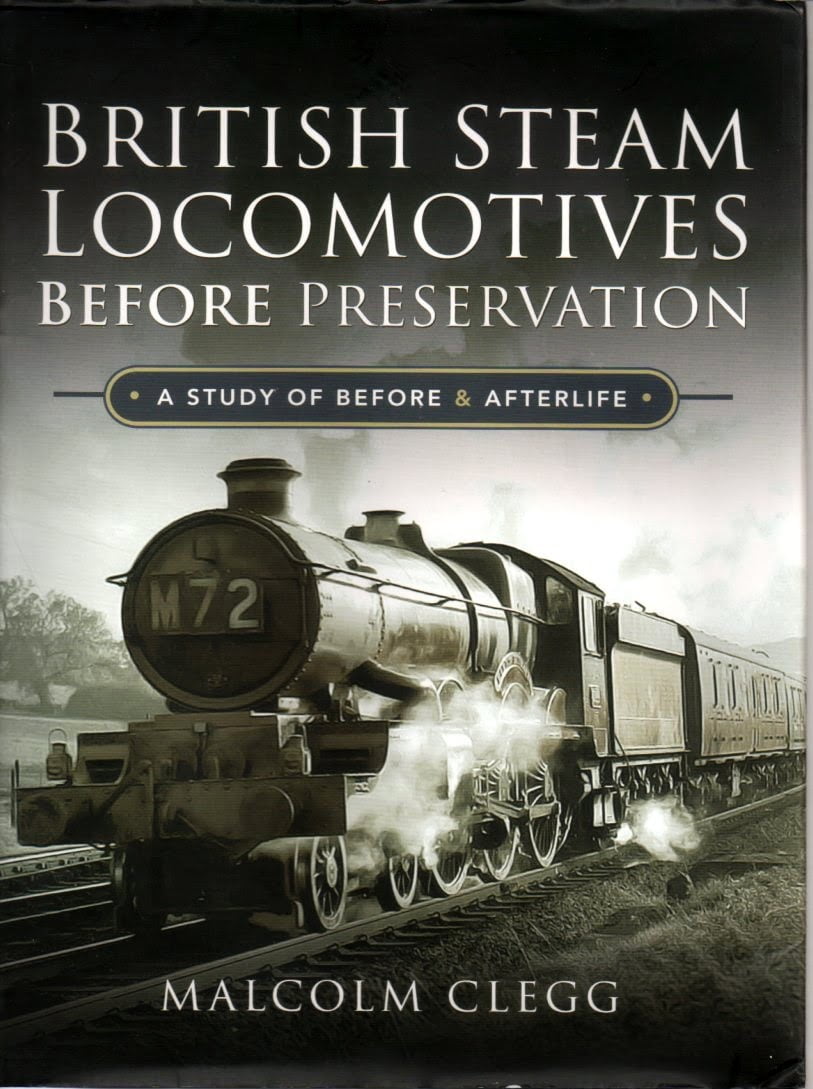


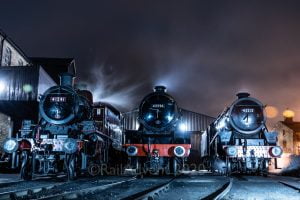
Responses